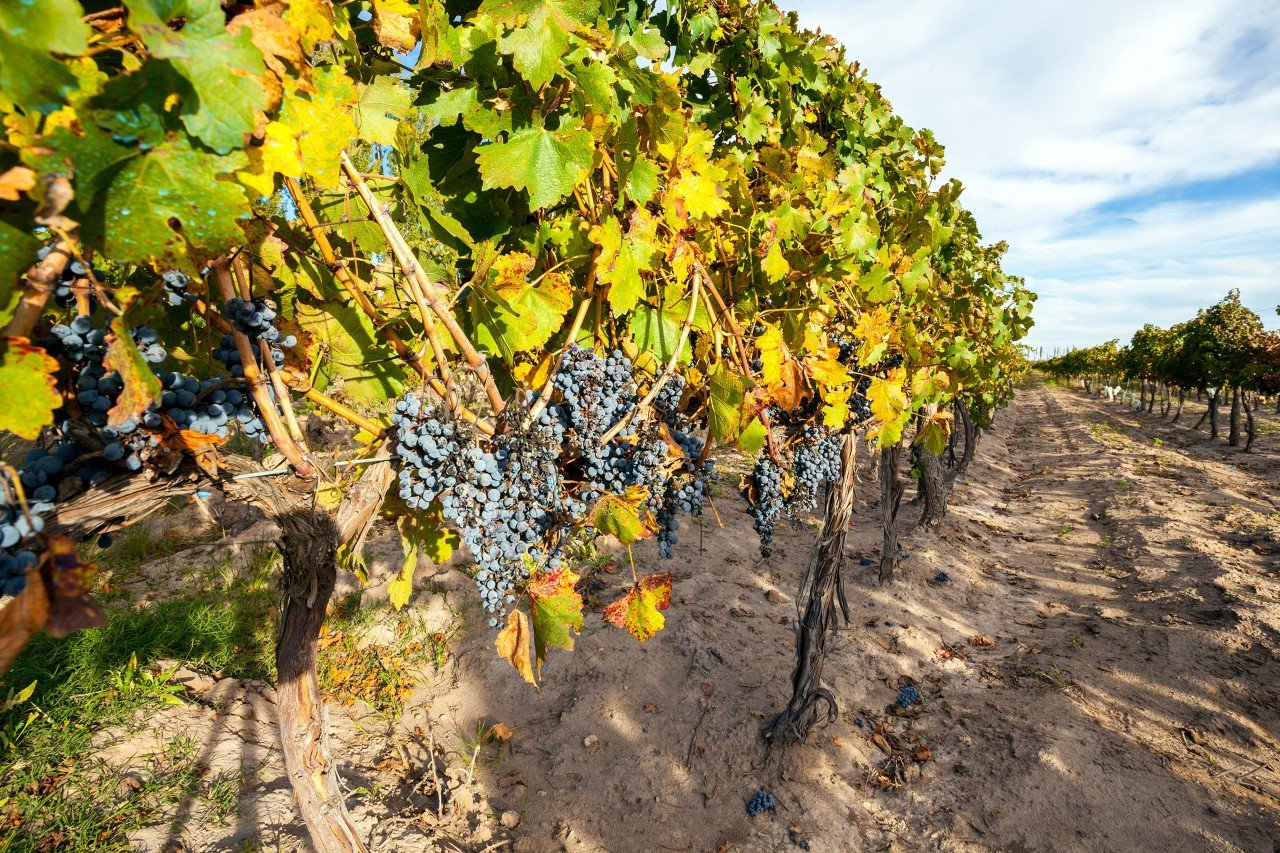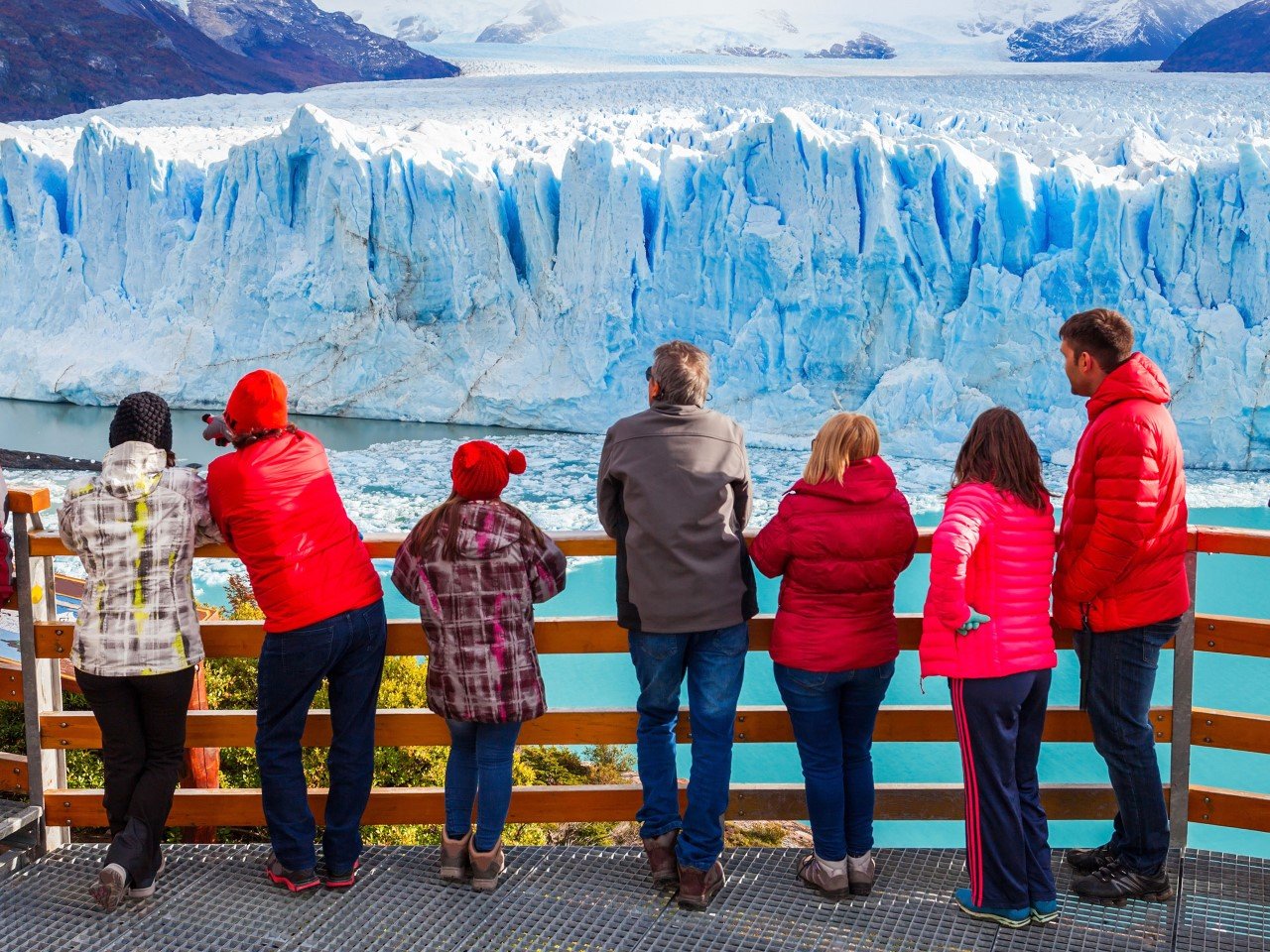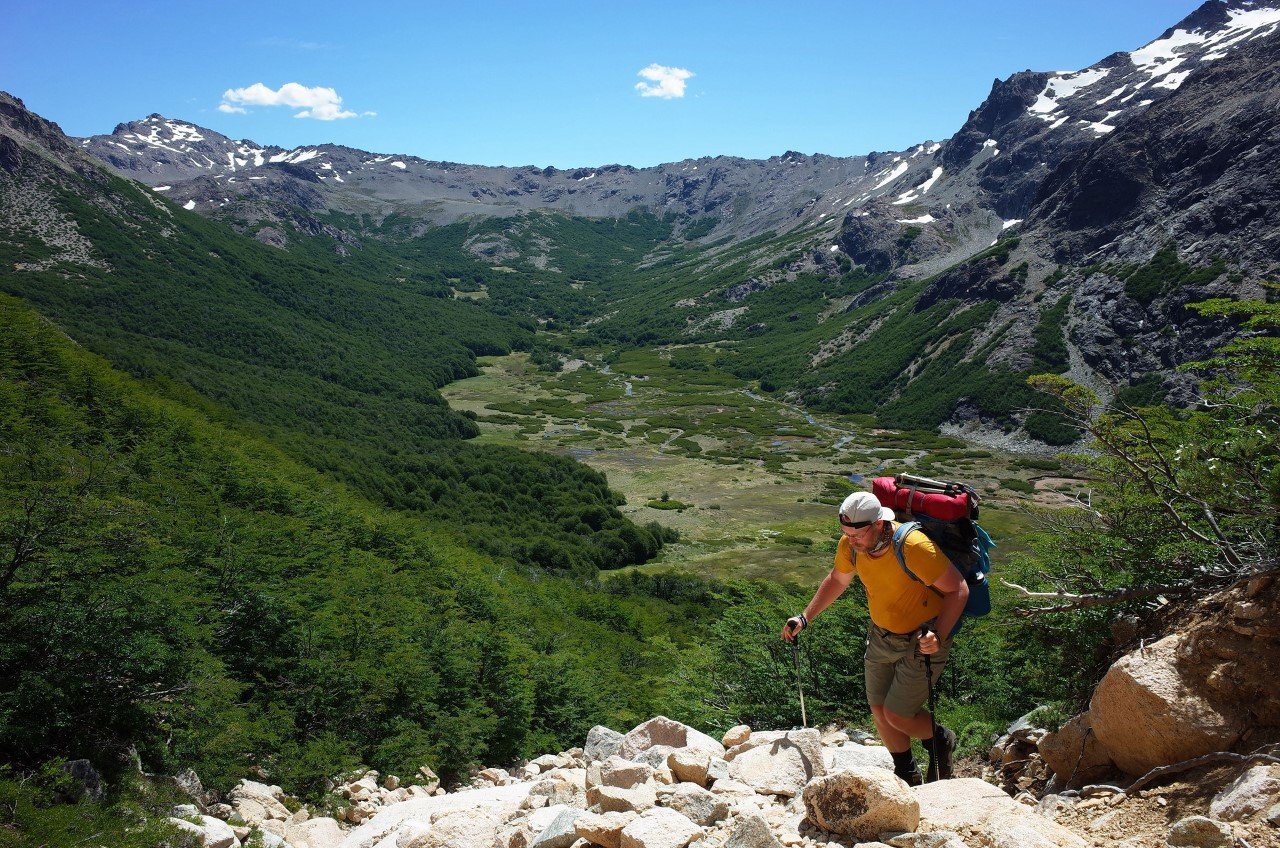BUENOS AIRES CITY
Argentina’s capital city is known for its beautiful architecture, lively culture, and delicious food. Don’t miss the colorful neighborhood of La Boca, the impressive Recoleta Cemetery, and the iconic Obelisk monument.
April 10, 2023

This is a lead paragraph that serves as a catchy introduction to your blog post. You can easily make it dynamic for each blog post with a custom field.
In this post...
Argentina’s capital city is known for its beautiful architecture, lively culture, and delicious food. Don’t miss the colorful neighborhood of La Boca, the impressive Recoleta Cemetery, and the iconic Obelisk monument.

Buenos Aires is the largest city in Argentina and one of the largest cities in South America. Its population is around 3 million people, and the metropolitan area has over 14 million inhabitants.
The city was founded twice. The first time was in 1536 by the Spanish explorer Pedro de Mendoza, but it was abandoned due to conflicts with the indigenous people. The second time was in 1580, when the Spanish established a permanent settlement.
Buenos Aires is often called the “Paris of South America” because of its elegant architecture and European-style boulevards. The city was heavily influenced by French and Italian immigrants in the late 19th and early 20th centuries.
Tango music and dance originated in Buenos Aires in the late 19th century. Today, the city is still considered the world capital of tango, and there are many venues where visitors can enjoy live tango shows.
Buenos Aires is home to some of the world’s most famous football clubs, including Boca Juniors and River Plate. Football (or soccer) is a major part of the city’s culture, and matches are a big social event.
The Buenos Aires subway system, known as the “Subte,” was the first in Latin America and the Southern Hemisphere. It opened in 1913 and today has six lines and over 80 stations.
The Buenos Aires Zoo was one of the most visited attractions in the city, but it closed in 2016 and was replaced by the eco-park. There are another ecological reserves in the city, facing the river, with trails that invite you to take long walks and enjoy the local flora and fauna “Ecological Reserve Costanera Sur” and “Ecological Reserve Costanera Norte”
Buenos Aires has a vibrant street art scene, and there are many neighborhoods where visitors can see colorful murals and graffiti. The city also hosts an annual street art festival called “Meeting of Styles.”
Located on the border of Argentina and Brazil, Iguazu Falls is one of the most impressive natural wonders in the world. The waterfall system is made up of 275 individual falls, and visitors can experience them up close through a network of walking trails and catwalks.

Iguazu Falls is one of the largest waterfalls systems in the world, spanning a width of almost 2.7 kilometers (1.7 miles). It is wider than Victoria Falls and taller than Niagara Falls, with a total height of 82 meters (269 feet).
The falls are located in the Iguazu National Park, which is a UNESCO World Heritage Site. The park covers an area of over 250,000 hectares (618,000 acres) and is home to many species of plants and animals, including jaguars, toucans, and giant otters.
The name “Iguazu” means “big water” in the indigenous Guarani language. The falls are formed by the Iguazu River, which flows between Brazil and Argentina.
Visitors can view the falls from both the Brazilian and Argentine sides. The Argentine side has more extensive walking trails that take visitors closer to the falls, while the Brazilian side offers panoramic views of the entire system.
The most famous and impressive waterfall in the system is called “Devil’s Throat” (Garganta del Diablo in Spanish). It is a U-shaped waterfall that is 82 meters (269 feet) high, 150 meters (492 feet) wide, and 700 meters (2,297 feet) long.
The best time to visit Iguazu Falls is between May and September, which is the dry season in the region. During the rainy season, which runs from October to April, the water levels can rise significantly and some trails may be closed due to flooding.
In addition to walking trails and catwalks, visitors can also take boat rides to get closer to the falls. Some boat rides even take passengers directly under the falls, providing a thrilling and unforgettable experience.
This region in western Argentina is known for its world-class vineyards and delicious wines. Take a bike tour through the vineyards, enjoy a wine tasting, and soak in the stunning mountain scenery.

Mendoza is located in the foothills of the Andes Mountains and is one of the most important wine regions in Argentina. It is home to over 1,200 vineyards and produces about 70% of the country’s wine.
The region is known for its high-altitude vineyards, which are located at elevations between 600 and 1,200 meters (1,970 to 3,940 feet) above sea level. The warm, sunny days and cool nights in Mendoza create ideal conditions for grape growing.
Malbec is the most famous wine produced in Mendoza and is considered the region’s flagship grape. It produces full-bodied red wines with flavors of black fruit, chocolate, and spices. Other popular grape varieties grown in the region include Cabernet Sauvignon, Merlot, Syrah, and Chardonnay.
The wine industry in Mendoza dates back to the 16th century when Spanish colonizers brought grapevines to the region. However, it wasn’t until the late 19th and early 20th centuries that Mendoza became a major wine-producing region.
Visitors to Mendoza can take guided tours of vineyards and wineries, which often include tastings of the region’s best wines. Many wineries also offer gourmet food pairings, such as cheese and chocolate, to accompany the wine tastings.
In addition to wine, Mendoza is known for its stunning natural scenery, including the snow-capped peaks of the Andes Mountains and the nearby Aconcagua mountain, which is the highest peak in the Americas at 6,960 meters (22,837 feet) above sea level.
The city of Mendoza itself is a charming destination with a tree-lined central plaza, lively restaurants and bars, and many museums and cultural attractions.
Located in Los Glaciares National Park, this glacier is one of the few in the world that is still advancing. Visitors can take boat tours to see the glacier up close and even walk on it with crampons.

The Perito Moreno Glacier is located in the southern Argentine Andes and is one of the most popular tourist destinations in Argentina. It covers an area of over 250 square kilometers (97 square miles) and is up to 60 meters (197 feet) high.
The glacier is fed by the Southern Patagonian Ice Field, which is the third-largest reserve of fresh water in the world. The ice field is shared by both Argentina and Chile.
The glacier is known for its unique formation, which causes it to periodically rupture and create spectacular ice falls. These ruptures occur every few years and attract visitors from around the world who come to witness the spectacle.
Visitors can view the glacier from a series of walkways and viewpoints located in Los Glaciares National Park. The park also offers boat tours that take visitors up close to the glacier and provide stunning views of its towering ice walls.
For those who want an even more immersive experience, guided hiking tours are available that take visitors onto the glacier itself. These tours require special equipment, such as crampons, to safely navigate the ice.
The Perito Moreno Glacier is one of the few glaciers in the world that is still advancing. Most glaciers are in a state of retreat due to climate change, but the Perito Moreno Glacier has been growing since the 1940s.
The glacier is named after Francisco Moreno, an Argentine explorer who played an important role in mapping the region in the late 19th century.
This vast region in southern Argentina offers some of the most stunning natural scenery in the world. Hike in the Andes mountains, explore glaciers, visit penguin colonies, and soak in the rugged beauty of the landscape.

Patagonia is a sparsely populated region that covers over 1 million square kilometers (386,000 square miles) of southern Argentina and Chile. It is home to diverse landscapes ranging from deserts and grasslands to mountains and glaciers.
The region is known for its unique wildlife, including guanacos (a type of llama), rheas (a flightless bird similar to an ostrich), and the endangered Andean condor. Visitors can also see penguins, sea lions, and whales in coastal areas.
The Andes mountain range runs through Patagonia and offers some of the best hiking and trekking opportunities in the world. The famous “W” trek in Torres del Paine National Park is a popular multi-day hike that takes visitors through stunning scenery and offers close-up views of glaciers and mountain peaks.
Patagonia is also home to some of the most impressive glaciers in the world, including the Perito Moreno Glacier and the Upsala Glacier. These massive ice formations are popular tourist destinations and can be explored on foot or by boat.
The region has a rich history, with evidence of human habitation dating back thousands of years. The Tehuelche people were the first inhabitants of Patagonia and lived there for over 10,000 years before the arrival of Spanish explorers in the 16th century.
Patagonia is also known for its strong winds, which can make outdoor activities challenging at times. The region’s winds are caused by the convergence of cold air from the Andes and warm air from the Atlantic Ocean.
The region is home to several national parks and protected areas, including Los Glaciares National Park and Tierra del Fuego National Park. These parks offer a range of activities, from hiking and trekking to birdwatching and kayaking.
Argentina is home to some of the most passionate soccer fans in the world, and watching a match in one of the country’s legendary stadiums is an experience like no other.

Soccer, or fútbol as it’s known in Argentina, is the country’s national sport and is played and followed passionately across the country. The Argentina national soccer team, also known as the Albiceleste, has won two FIFA World Cup championships and has produced some of the world’s most legendary players, including Diego Maradona and Lionel Messi.
The most popular soccer clubs in Argentina include Boca Juniors, River Plate, San Lorenzo, and Independiente. Boca Juniors is one of the most successful clubs in Argentina, with numerous league titles and international championships to its name.
Argentine soccer matches are known for their passionate fans, who are often seen waving giant flags, setting off fireworks, and singing and chanting throughout the match. The atmosphere in the stadiums is electric, with fans cheering on their teams with incredible enthusiasm.
Argentina’s top soccer league, the Primera División, features 26 teams from across the country and is one of the most competitive leagues in South America. The season runs from August to May and features intense rivalries between clubs from different cities.
Buenos Aires is home to some of the most legendary soccer stadiums in the world, including La Bombonera, the home stadium of Boca Juniors, and El Monumental, the home stadium of River Plate. These stadiums are known for their unique architecture and for the passionate fans who fill their stands.
Soccer is deeply ingrained in Argentine culture and has been the subject of numerous films, books, and songs. Some of the most famous Argentine songs about soccer include “La Vida Tombola” by Manu Chao, “Santa Maradona” by Mano Negra and the song “Muchachos” by La Mosca which was the anthem of the Argentinian fans during the 2022 World Cup.
You can see more Pieces of Argentina by visiting our catalog of hand crafted Argentina quality products.